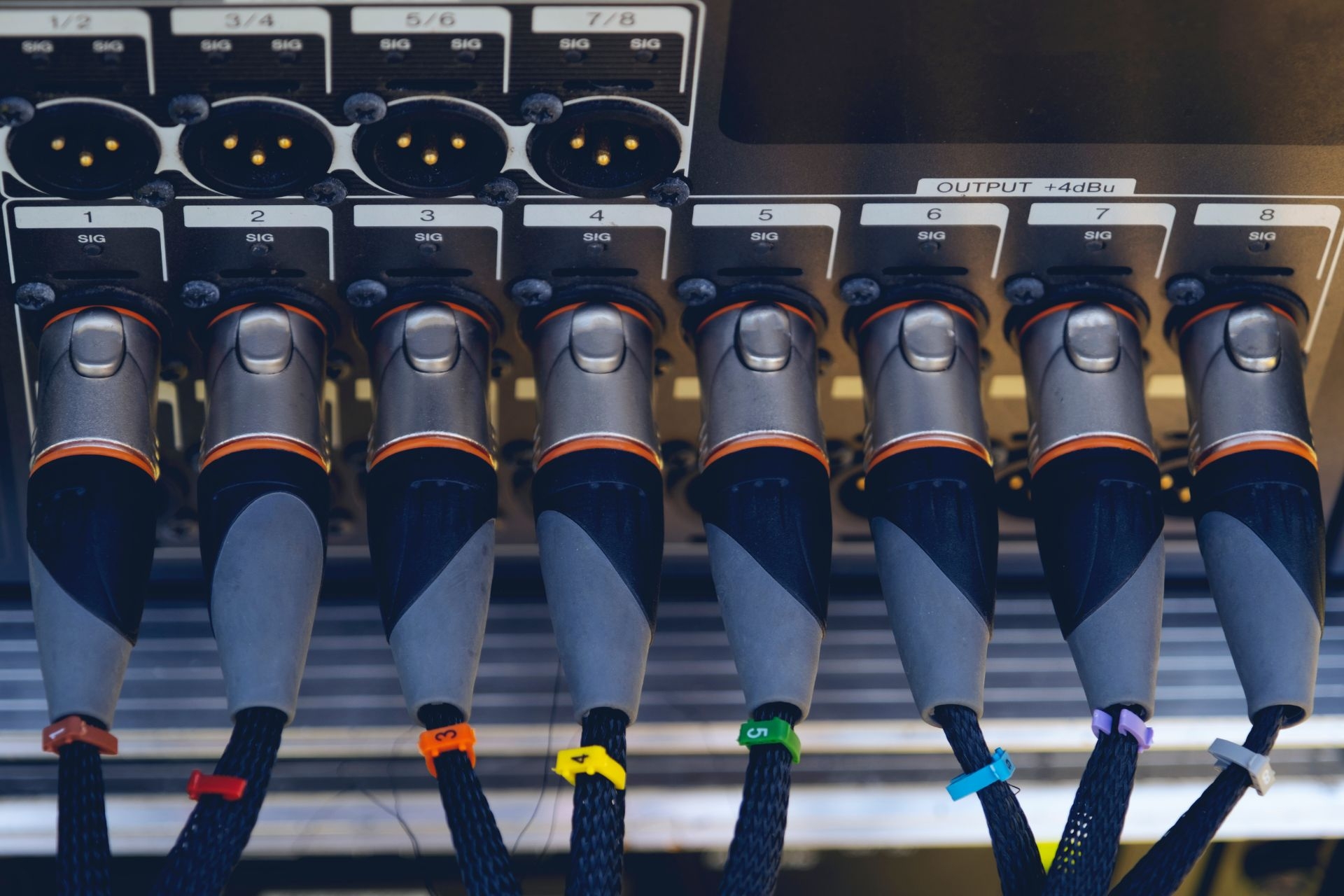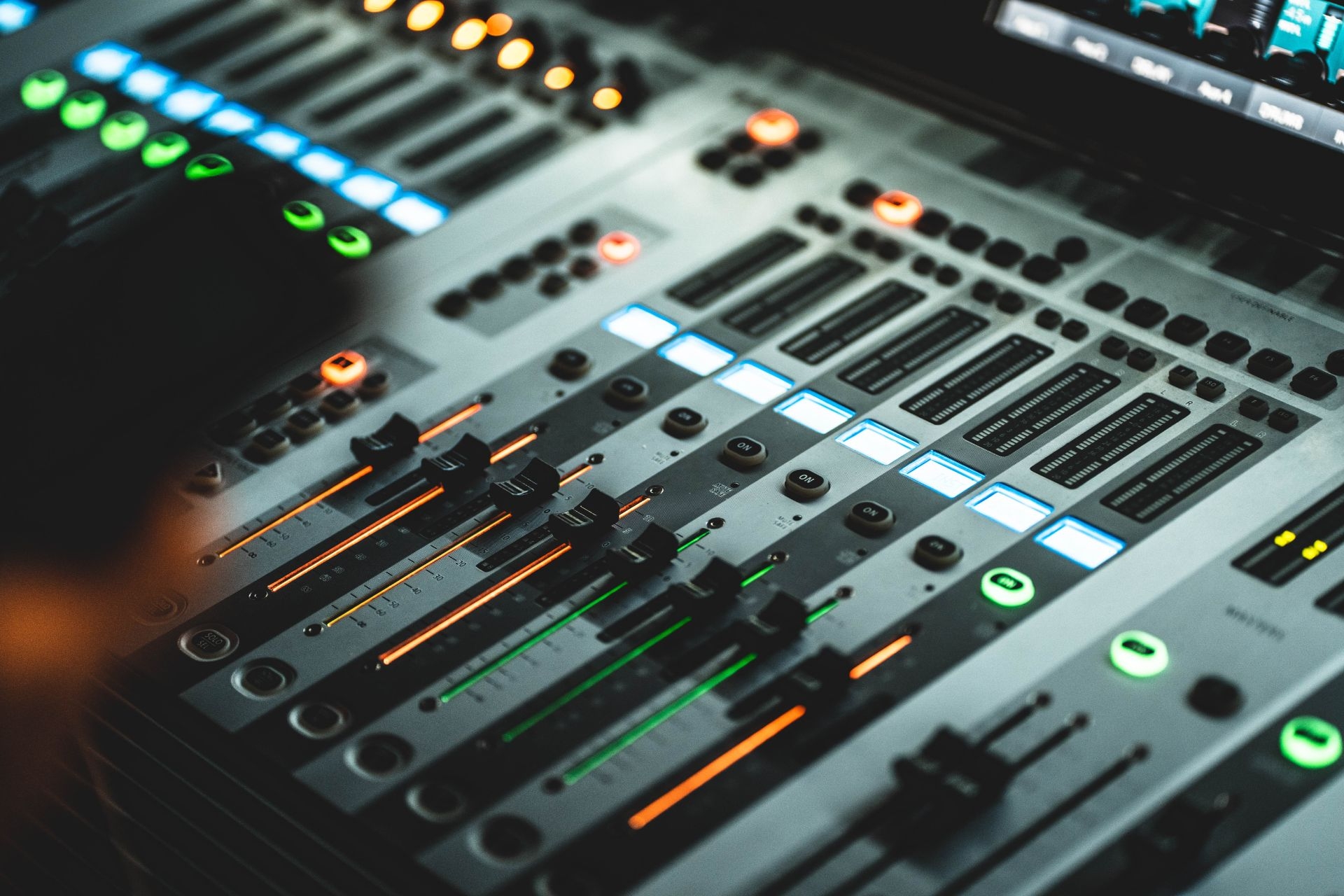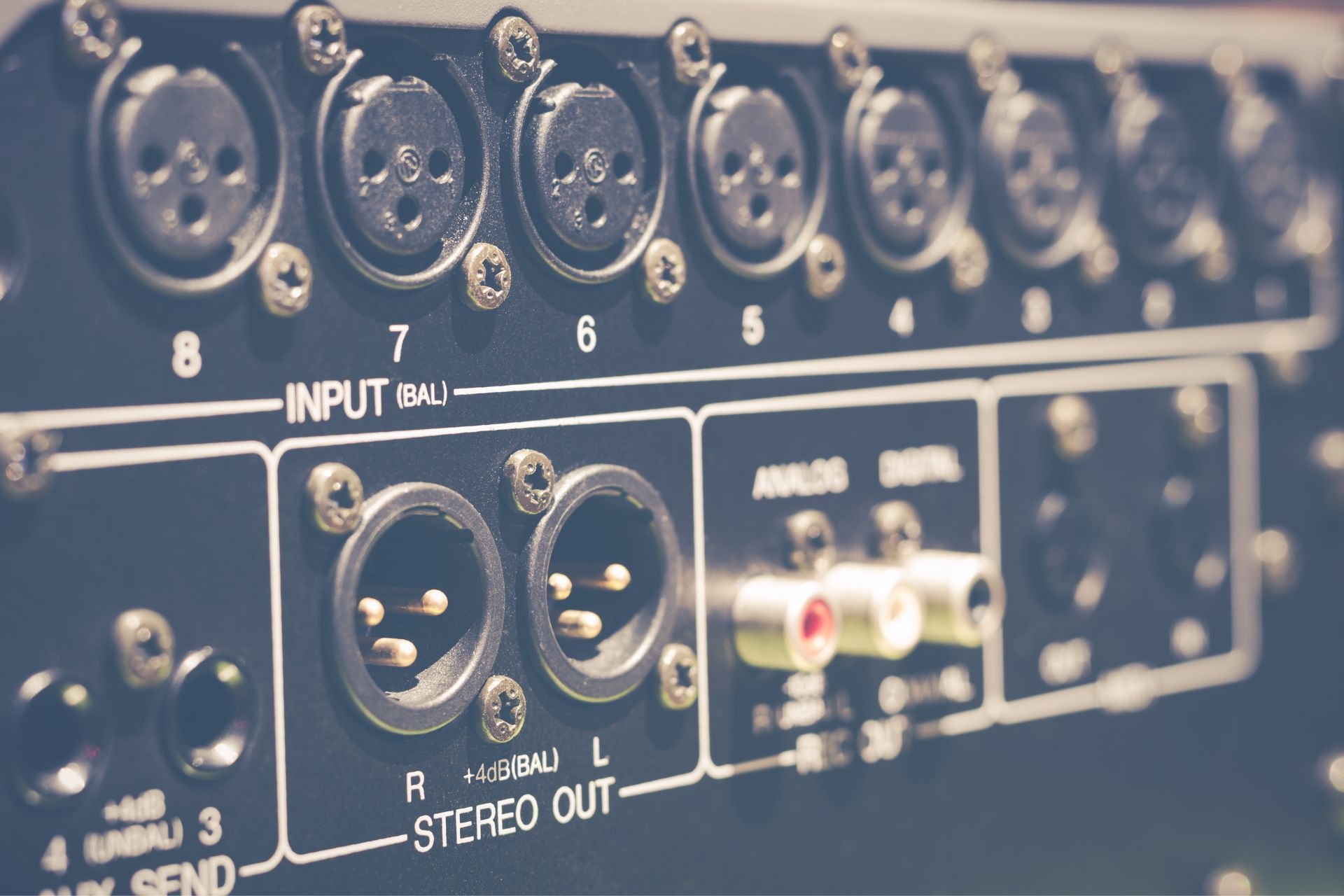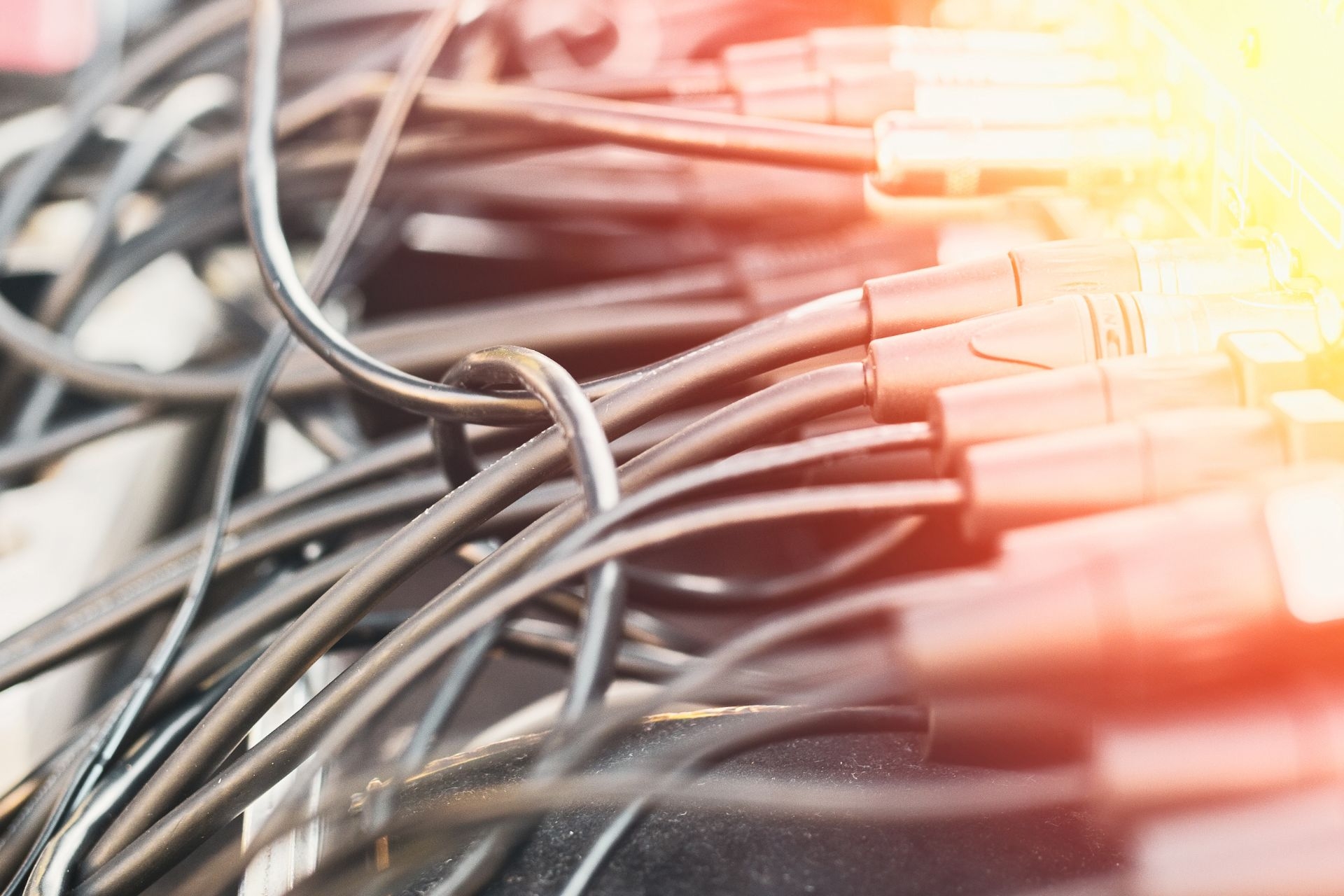Balanced vs. Unbalanced Audio for Home Theater
What are the main differences between balanced and unbalanced audio connections in a home theater system?
Balanced and unbalanced audio connections in a home theater system differ primarily in their construction and ability to handle interference. Balanced connections use three conductors - positive, negative, and ground - to transmit audio signals, while unbalanced connections use only two conductors. This difference allows balanced connections to provide better noise rejection and signal integrity over long cable runs compared to unbalanced connections.
Cable Length and Audio Signal Integrity



